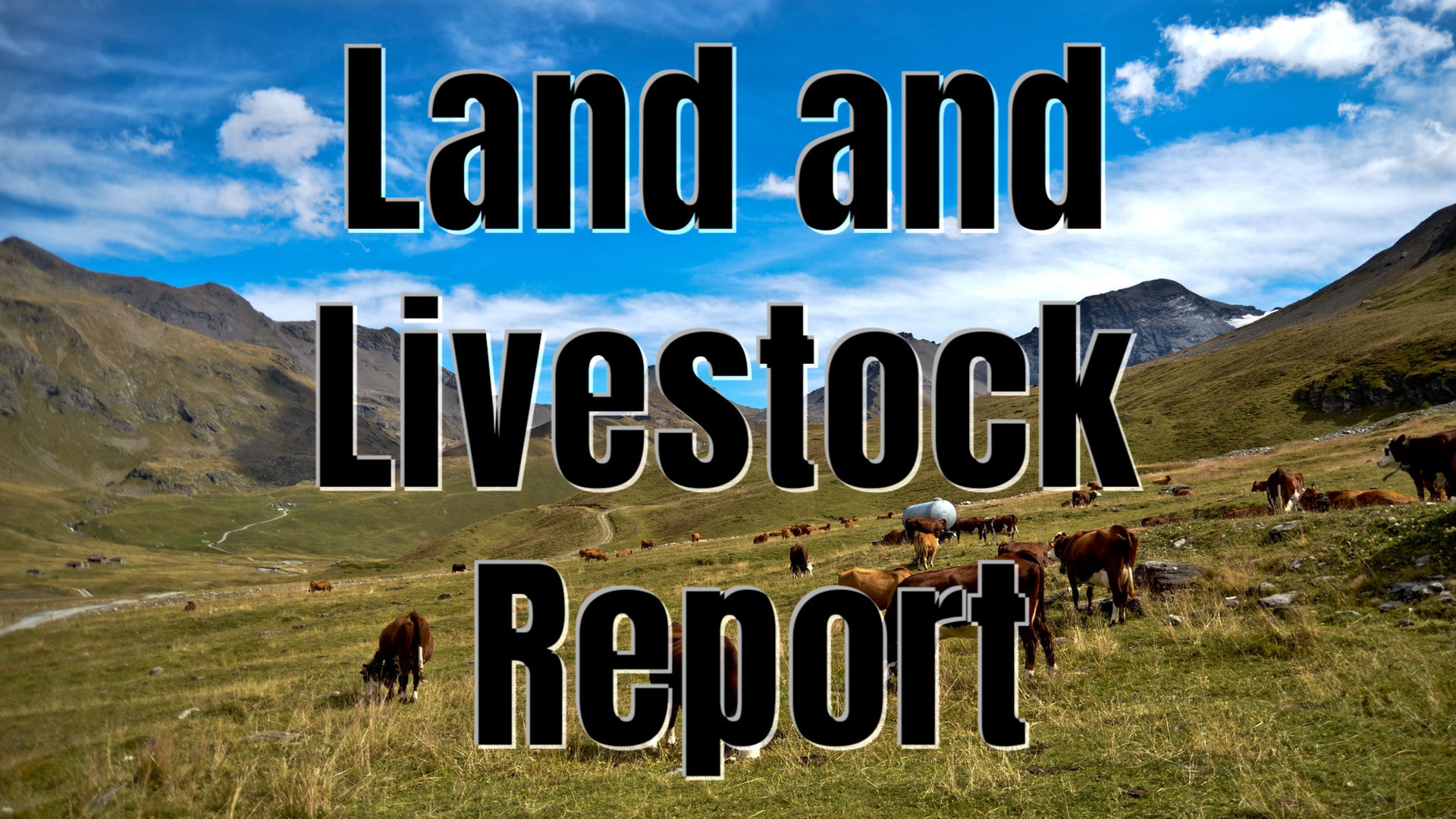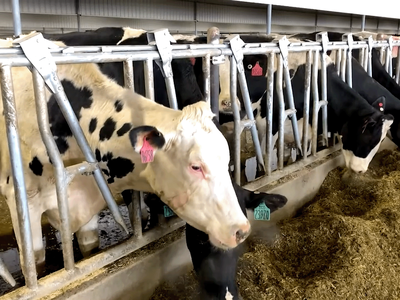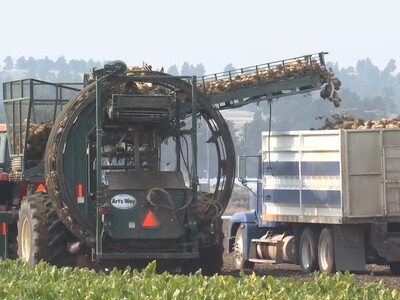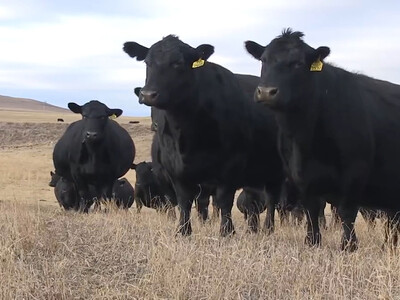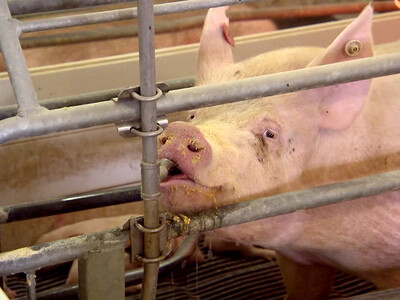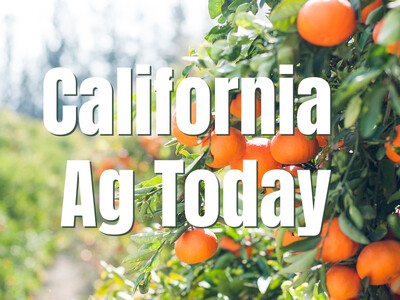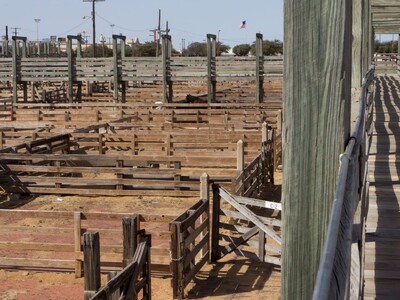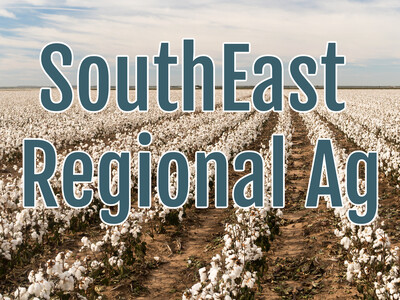Longevity In Cattle
The average person when asked to rank the importance of a bull or a heifer to a rancher would typically cite good bull genetics but new research in a joint South Dakota State and USDA study confirms the value of having strong female cattle that can remain productive for many years. Welcome to Open Range, I’m Susan Allen, back after the break. In past Open Range segments culling non-productive cattle from the herd has been an important aspect to a rancher’s productivity. Today we look at longevity, and why this trait in a beef female can impact the bottom line. Dr. George Perry from South Dakota State Extension recently wrote that it takes “the net revenue from approximately 6 calves to cover the development and production costs of each replacement heifer”. Meaning a cow that remains productive for several years can be worth her weight in gold, literally. Thus part of good ranch management is knowing when to cull female beef cattle because some of the reasons for removing them from the herd might not offset the cost to replace the cow with a young heifer. A 2008 survey found that 33 percent of cows culled from the herd were due to reproduction issues, yet bad teeth accounted for nearly 32 percent. Cattle are also culled because of injury, poor eyes and bad temperament. Most ranchers cull female cattle from the herd between the ages of 5 to 9 months yet Perry cautioned that females culled before they have produced six calves increase the developmental cost of other heifers and don’t contribute to the profitability of the ranch.


